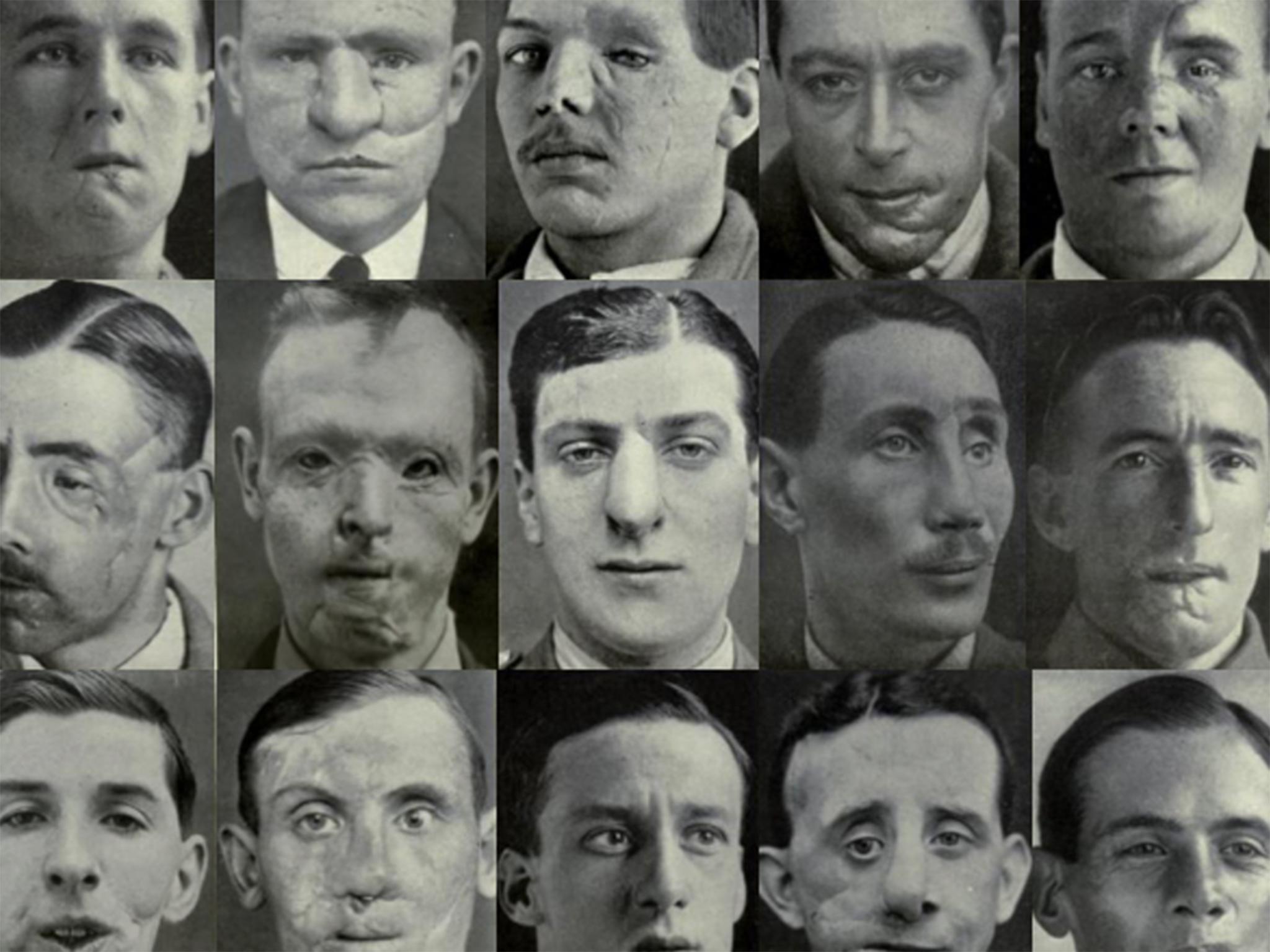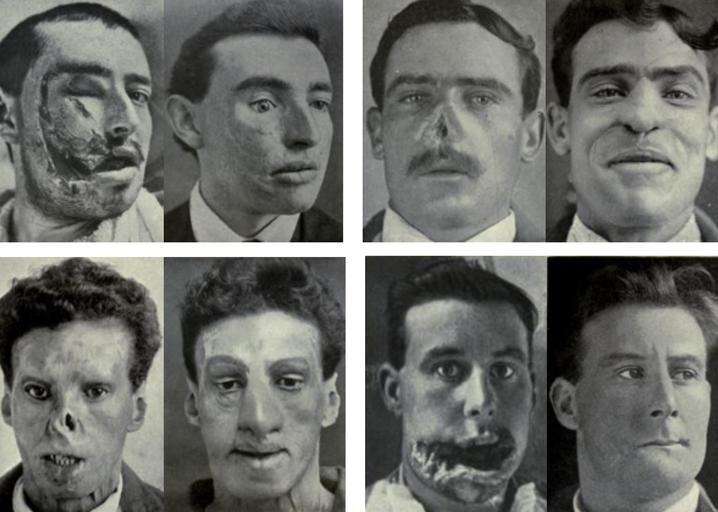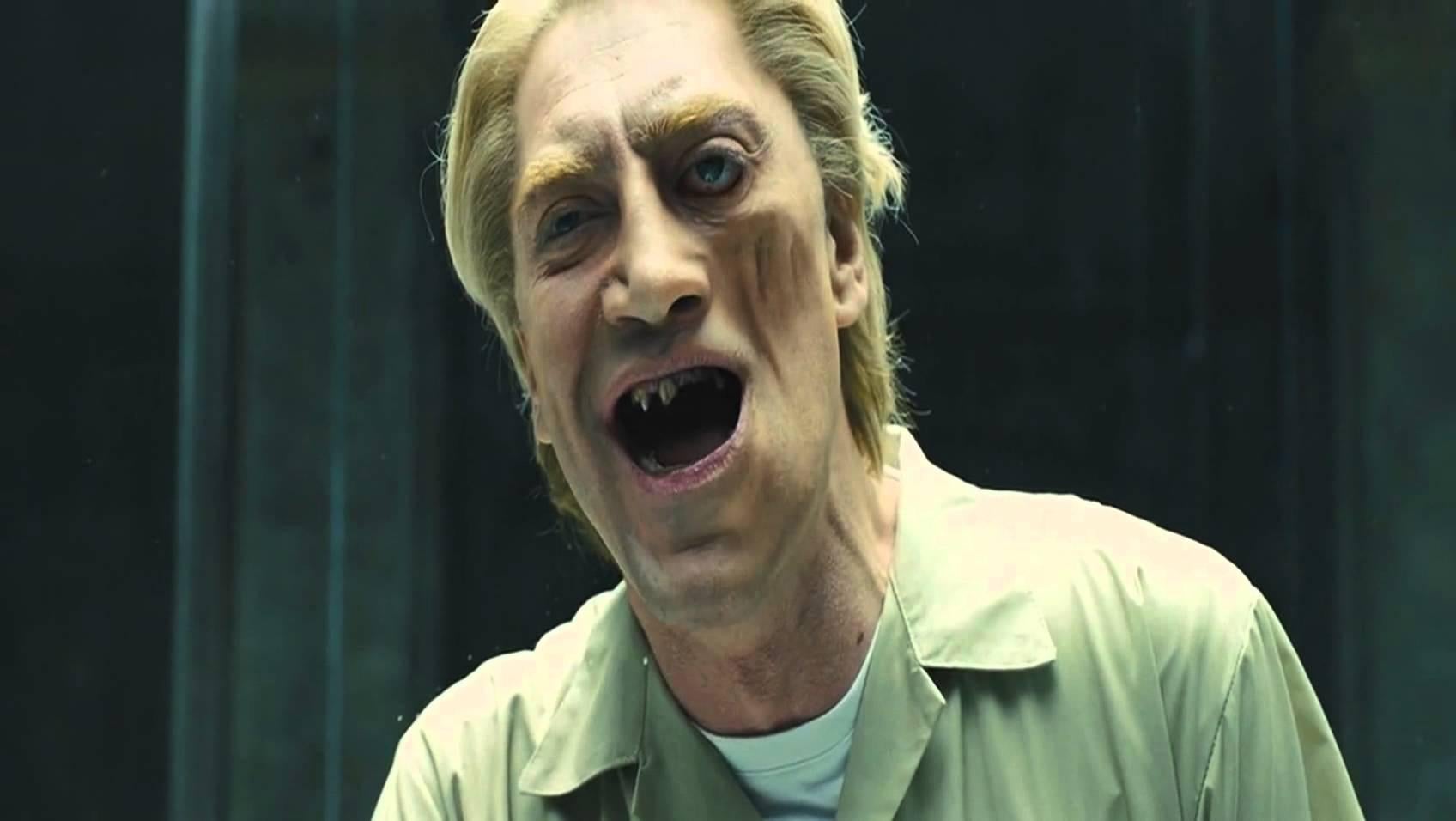Despite appearances, not all people with scarred faces are movie villains
Scars shouldn’t be a shorthand for evil

Your support helps us to tell the story
From reproductive rights to climate change to Big Tech, The Independent is on the ground when the story is developing. Whether it's investigating the financials of Elon Musk's pro-Trump PAC or producing our latest documentary, 'The A Word', which shines a light on the American women fighting for reproductive rights, we know how important it is to parse out the facts from the messaging.
At such a critical moment in US history, we need reporters on the ground. Your donation allows us to keep sending journalists to speak to both sides of the story.
The Independent is trusted by Americans across the entire political spectrum. And unlike many other quality news outlets, we choose not to lock Americans out of our reporting and analysis with paywalls. We believe quality journalism should be available to everyone, paid for by those who can afford it.
Your support makes all the difference.At the end of Star Wars: The Force Awakens, villain Kylo Ren received a large facial scar after committing his darkest act in the film. Oddly, when the trailer for 2017’s The Last Jedi came out, this scar had moved. There was an immediate uproar from continuity fans, but writer/director Rian Johnson took to Twitter to defend his decision: “It honestly looked goofy running straight up the bridge of the nose.”
Popular film culture has been using facial injury as a shorthand for evil for so long that many filmmakers no longer treat scars as injuries, but as decorative features. Could this tradition be the reason why so many countries are yet to properly pay tribute to the facially injured servicemen of the First the First World Warn film? You may have read articles about these servicemen, or found photographs of their injuries online. You may even have seen them in a war documentary – but you will never have seen a British feature film in which they take centre stage.
During the First World War, tens of thousands of servicemen were being sent home with facial injuries. There were pilots with severe burns and infantrymen whose cheeks had been torn off by flying shrapnel. Fathers whose mouths had been shot away and sons left without the ability to see or speak.
These men put their lives into the hands of ambitious surgeons with experimental methods, one of whom was Sir Harold Gillies, who would later become known as the “father of plastic surgery”. Many servicemen endured years of procedures and painful recovery periods, but the results were groundbreaking. Suddenly, pioneering developments were being made in plastic surgery that would pave the way for modern techniques.
Despite their impact, most countries that were involved in the First World War have either included these disfigured servicemen as secondary characters in their war films, or nowhere at all. Perhaps filmmakers worry that profit margins won’t be as impressive for a realistic film drama, in which the disfigured characters are not represented as criminally insane. They see profit in the scarred villain, and this is made no clearer than in one of the UK’s most profitable franchises, James Bond.
Scars are a regular facial feature among Bond villains – and, since Daniel Craig took over the role of Bond in 2006, three of the four villains have had a facial injury. The two that were actually taken from Ian Fleming’s original novels, Le Chiffre and Blofeld, were never described as having scars in the books.

Using facial injury as a shorthand for evil is not just a method used in films aimed at adults. There is the tellingly named Scar in Disney’s 1994 classic The Lion King and, for the new generation, the villainous unicorn Tempest Shadow in the 2017 film My Little Pony: The Movie, who has a large scar over her right eye.
More than skin deep
Every film that uses facial injury as a shorthand for evil is influencing negative perceptions that reflect, in many ways, the society that the disfigured servicemen re-entered a century ago.
Many men left hospital with very successful reconstructions, but some level of disfigurement would often remain, in the form of uneven features or surgical scars. These were minor compared to their initial injuries, but some members of society could not see past the differences. This is evident in the stories of disfigured men being turned out of employment, suffering verbal abuse in the street, and being abandoned by fiancées from before the war, simply because of their appearance.

Despite such challenges, most of these men went on to lead normal lives that did include successful careers and marriages, with no evidence that their changed appearances had any effect on their morality. There are certainly no statistics that show a spike in crime by disfigured ex-servicemen after the First World War.
It was disappointing, then, when the villain for this year’s long-anticipated superhero film Wonder Woman was revealed. The film is set during the First World War – and Dr Poison does not just have scars, but is a villain with a facial injury that mirrors the kind suffered by the First World War servicemen. This injury does not appear on the comic book character – and neither does the skin-toned prosthetic mask that she wears, which is similar to those worn by facially injured servicemen.
Initially, we could hold out hope that Dr Poison might have some depth beyond pitiful destructiveness – or at least give us an explanation of how she received her injury. But it quickly became clear that there was no story – her appearance was for the sole purpose of making her seem more menacing. The disfigurement is a wordless explanation for why she is driven to commit such horrific acts of inhumanity – and, as such, reflects on the men who suffered similar injuries serving during that period.
But facially injured servicemen were not horrific – or horrors of war – as so many people still like to call them. The pain that they suffered may be described in this way, but the men themselves were ordinary human beings. Misrepresentation is a damaging thing, but when it comes to the laudable practice of paying tribute to servicemen through film, lack of representation can be just as harmful.
Sian Liddle is a PhD researcher at Nottingham Trent University. This article was originally published on The Conversation (theconversation.com)
Join our commenting forum
Join thought-provoking conversations, follow other Independent readers and see their replies
Comments